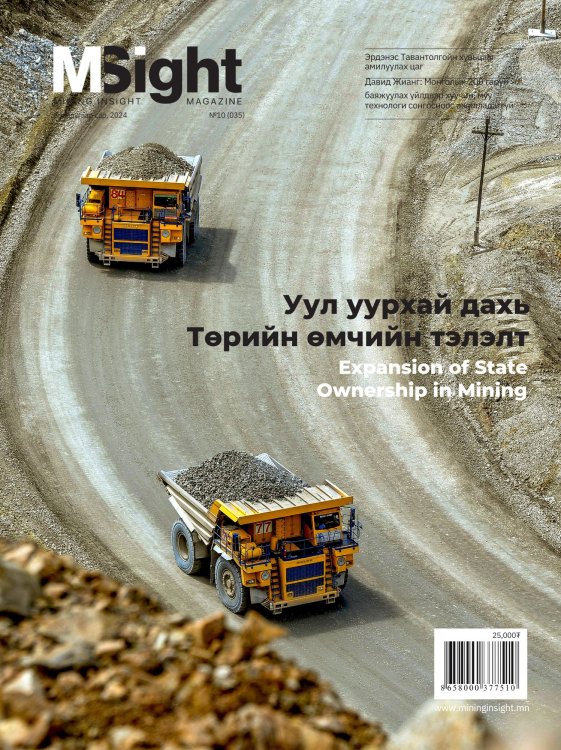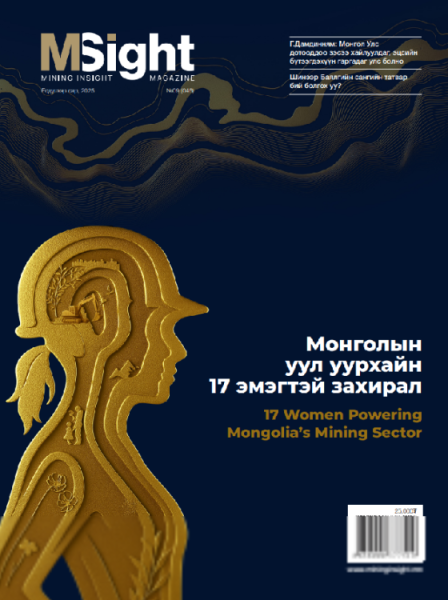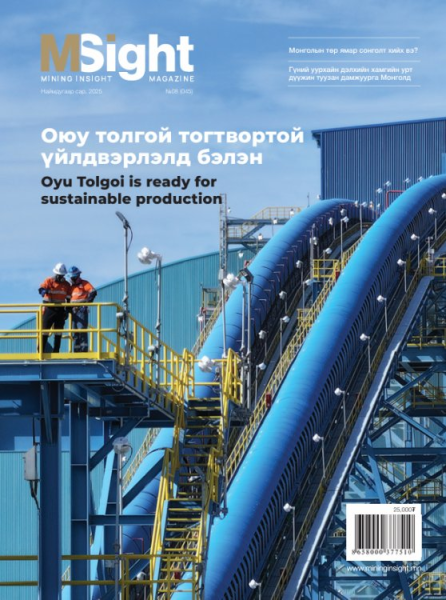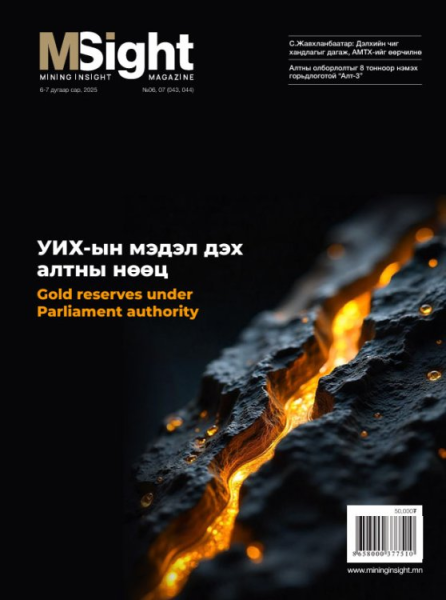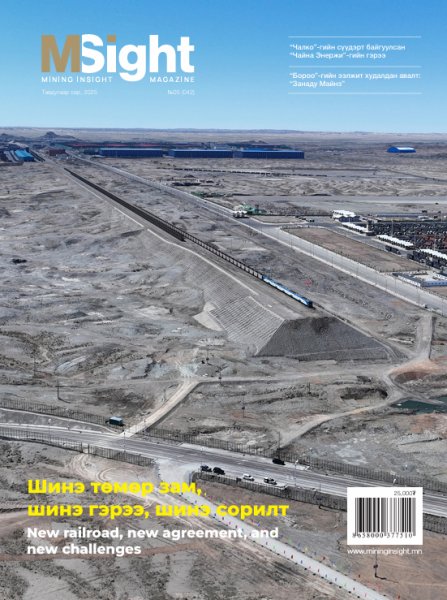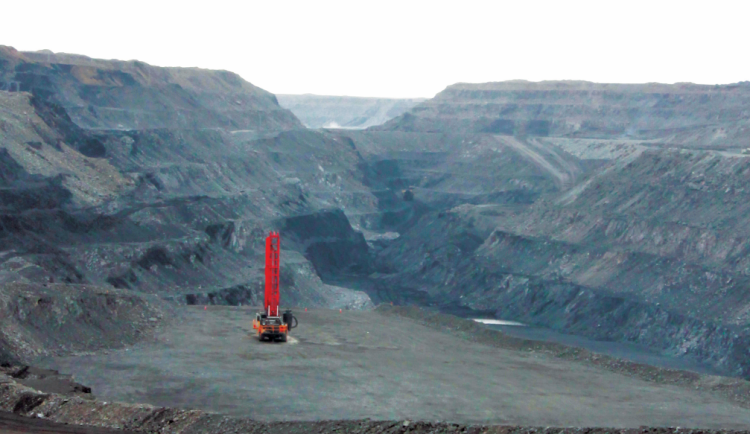 This issue of Mining Insight brings you key numerical indicators on the expanding role of the state in Mongolia’s mining industry. The new edition details the increasing state involvement in mining, tracking its growth over the years.
This issue of Mining Insight brings you key numerical indicators on the expanding role of the state in Mongolia’s mining industry. The new edition details the increasing state involvement in mining, tracking its growth over the years.
In September, the government approved a resolution to implement the Sovereign Wealth Fund Law. During the resolution’s introduction, the statement by N. Uchral, head of the State Government, drew significant attention. Uchral highlighted that seven of Mongolia’s sixteen strategic deposits are state-owned, collectively termed “Treasures of Mongolia.” These seven deposits contributed MNT 13.5 trillion, or 72% of total taxes. Meanwhile, sixteen private companies operating the remaining nine strategic deposits contributed MNT 4.6 trillion, or 28% of the total. For example, Erdenet Mining Corporation (EMC) accounts for 18% of copper, Erdenes Tavan Tolgoi (ETT) owns 25% of coal, and the state holds only 15% of iron ore while contributing 72% of total mining taxes.
Minister N. Uchral emphasised that focusing solely on these sixteen deposits does not fully capture the scale of state and private sector involvement in mining. Therefore, Mining Insight has analysed the broader trends and shifts in state and private sector roles, comparing their contributions to export revenue and tax payments over time.
In 2015, Mongolia’s mining exports amounted to USD 4.1 billion, of which USD 760 million, or about 19%, came from two major state-owned companies. By 2023, mineral exports surged to USD 13.9 billion, with state-owned companies accounting for over USD 5 billion, or 36.4% of the total.
Tax contributions tell a similar story. In 2015, mining companies paid a total of MNT 1.6 trillion in taxes, with state-owned companies contributing over MNT 405 billion, or about 25%. By 2023, mining sector tax revenue reached MNT 8.1 trillion, with approximately 64% generated by state-owned companies.
One clear insight from Mining Insight’s analysis is the steady expansion of state ownership in Mongolia’s mining sector, with state-owned companies increasingly contributing to income, profits, and taxes. This reflects an ongoing policy of centralising ownership in the mining sector. Although there are relatively few state-owned mines, they include the largest deposits, and this concentration of state ownership is expected to grow.
Minister N. Uchral recently confirmed that the number of strategic deposits is set to increase beyond the current sixteen. The government is evaluating 39 additional deposits, as outlined in Parliament Resolution No. 27, to determine their potential inclusion as strategic assets. This responsibility has been assigned to Ts. Tuvaan, Minister of Minister of Industry and Mineral Resources (MIMR).
For more details, see S. Bold-Erdene’s article, “Significant Increase in State Involvement in Mining,” along with graphical indicators illustrating these trends.
In addition, an important highlight regarding state-owned mining companies is the growth of Erdenes Tavan Tolgoi (ETT). Known for having one of the world’s largest reserves, ETT is at a historic peak in income and profits. MISS Investment recently valued the company at USD 9.5 billion. For further insights, refer to the article “Peak Cycle of Erdenes Tavan Tolgoi.”
As ministers repeatedly emphasize their commitment to prioritizing the production of value-added products and the processing of mineral resources, it is essential to assess the current level of concentration in mineral production—the initial stage of mineral processing—in our country. I anticipate that the interview with David Jiang, the General Director of Mongolia Processing Technologies LLC, will provide valuable insights and an outsider’s perspective on the current situation.



